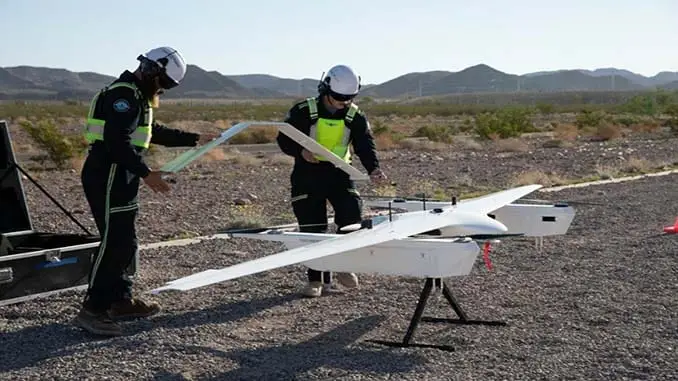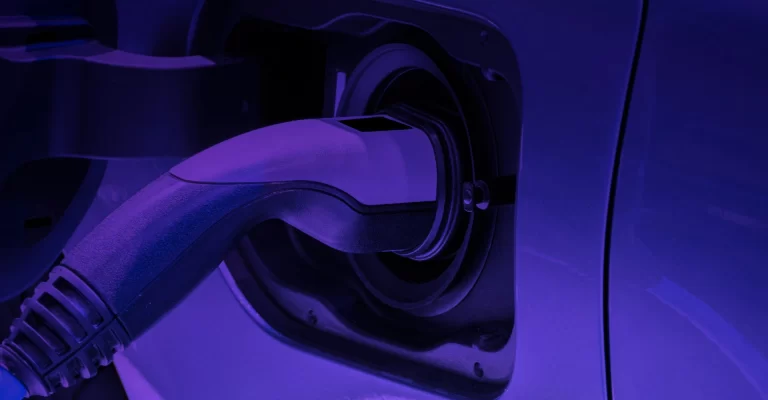Unveiling the Power of Gaslift Systems: Enhancing Oil Well Production
September 5, 2023 2023-09-05 13:45
Unveiling the Power of Gaslift Systems: Enhancing Oil Well Production
Introduction
In the intricate world of oil production, innovative techniques constantly emerge to maximize efficiency and yield. Among these, gaslift systems stand out as a dynamic solution, leveraging the principles of fluid mechanics to optimize oil well productivity. This article provides a comprehensive and enlightening overview of gaslift systems, exploring their fundamental operating principles and diverse applications that contribute to the advancement of the oil and gas industry.
Understanding Gaslift Systems
Gaslift systems are ingeniously designed mechanisms used to enhance the production of oil wells. These systems operate by injecting gas, typically compressed air or natural gas, into the wellbore to facilitate the upward flow of reservoir fluids. The injection of gas serves to reduce the hydrostatic pressure of the fluid column in the well, enabling reservoir fluids to flow more efficiently toward the surface. This unique technique proves effective in both oil and gas wells, making gaslift systems a versatile tool in hydrocarbon extraction.
Fundamental Operating Principles
The success of gaslift systems rests upon their fundamental operating principles rooted in fluid dynamics. The principle of buoyancy plays a key role, where the injected gas creates a buoyant force that counters the weight of the fluid column. This reduces the pressure exerted by the column of fluid, allowing reservoir fluids to overcome the pressure gradient and flow upwards with less resistance. As a result, the production rate is significantly improved compared to traditional methods.
Diverse Applications
The applications of gaslift systems span a wide range of scenarios within the oil and gas industry. They are particularly beneficial in scenarios where wells exhibit declining production rates or are struggling due to liquid loading, which occurs when the reservoir fluid is unable to flow effectively due to a high water-to-oil ratio. Gaslift systems are deployed to alleviate liquid loading by injecting gas to break up the liquid column and enable smoother fluid flow. Additionally, these systems are used to manage wellbore issues, enhance oil recovery from mature reservoirs, and boost production rates in challenging well environments.
Linking Knowledge: Video Insight
For a visual demonstration of the concepts discussed, you can watch the informative video available at the following link: [Gaslift Systems Video](https://youtu.be/m10-ml4yPVI). This video provides a complementary perspective on the mechanics behind gaslift systems, reinforcing the understanding of their operation and practical applications.
Conclusion
In the realm of oil well production, gaslift systems emerge as a beacon of innovation and efficiency. By injecting gas to alleviate hydrostatic pressure and facilitate fluid flow, these systems optimize oil and gas extraction processes. Their fundamental principles rooted in fluid dynamics enable them to find utility in various scenarios, addressing challenges and enhancing production rates. As the oil and gas industry continues to evolve, gaslift systems remain a valuable tool, showcasing the symbiosis between science, technology, and ingenuity.
Related Posts
Unveiling the Power of Gaslift Systems: Enhancing Oil Well Production
September 5, 2023 2023-09-05 13:45Popular Tags






























